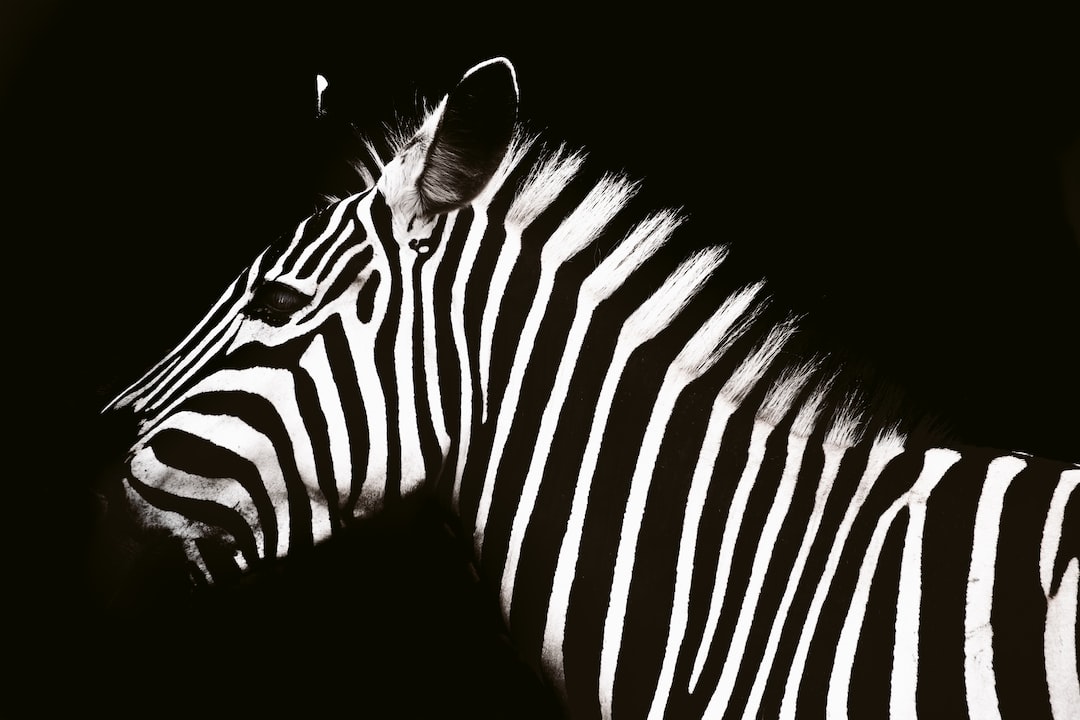Adapting to Extreme Environments: Animals of the Arctic
The Arctic is known for its treacherous conditions, with freezing temperatures, harsh winds, and limited resources. Surviving in such extreme environments requires a remarkable ability to adapt, and the animals that call the Arctic home have evolved in fascinating ways to do just that. In this blog post, we will explore some of the incredible adaptations that enable these animals to thrive in such a harsh environment.
One of the most iconic creatures of the Arctic is the polar bear. These majestic animals have adapted to live in the icy realms of the Arctic by developing a thick layer of blubber, which acts as insulation and provides buoyancy when swimming. Their fur is not really white but translucent, camouflaging them against the snow and ice, a perfect example of evolution at work. Polar bears also have large paws that allow them to navigate across the Arctic’s slippery terrain, aiding in hunting and ensuring they can efficiently cover long distances.
Another fascinating creature that has adapted to the Arctic is the Arctic fox. These small mammals have a dense winter coat that helps insulate against the cold, and during the warmer months, their fur turns brown to blend in with their surroundings. The Arctic fox is also an opportunistic eater. While it primarily feeds on smaller prey such as lemmings and voles, it is also known to scavenge from polar bear kills or even feed on carrion left behind by humans.
The reindeer, also known as caribou in North America, is an essential Arctic animal that has developed unique adaptations to survive in its extreme habitat. One of its most impressive adaptations is its incredible sense of smell. This allows reindeer to sniff out food beneath deep snow cover, which is crucial during the winter when food is scarce. Additionally, reindeer also possess large, concave hooves that act like snowshoes, helping them traverse the snowy terrain without sinking too deep. Their nasal passages also warm incoming cold air before it reaches their lungs, thereby reducing heat loss.
The Arctic hare is another example of a creature that has adapted in remarkable ways to withstand the frigid Arctic temperatures. These hares have a surprisingly high surface area to volume ratio, which helps them conserve heat more efficiently. Their fur coat also turns white during the winter, providing camouflage against predators, and changes to a brownish shade during the summer to blend in with the tundra. These adaptations allow the Arctic hare to withstand temperatures as low as -40 degrees Celsius while remaining active.
Moving to the waters surrounding the Arctic, we encounter the amazing beluga whale. These sociable creatures have adapted to live in the freezing waters by developing thick blubber to insulate against the cold, similar to polar bears. Belugas are uniquely adapted for their underwater environment, as they are capable of swimming backwards and can even maneuver through holes in the ice using their flexible necks. They also have a high level of echolocation capabilities, allowing them to navigate in dark and murky waters.
While the Arctic is mainly known for its land and marine animals, we cannot neglect the importance of birds in this extreme environment. The Arctic tern, for instance, travels an astonishing annual journey, migrating all the way from the Arctic to the Antarctic. With a wingspan of about 83 centimeters, these birds are famous for their long migrations and, despite the rigorous journey, they have adapted to withstand both Arctic cold and Antarctic heat.
These are just a handful of the countless examples of animals that have adapted to thrive in the Arctic. The ability to survive extreme temperatures, harsh winds, and limited resources requires incredible adaptability and resilience. Observing the different adaptations of these Arctic creatures serves as a reminder of the incredible diversity and ingenuity of the animal kingdom, constantly evolving to adapt and overcome the environmental challenges they face.

